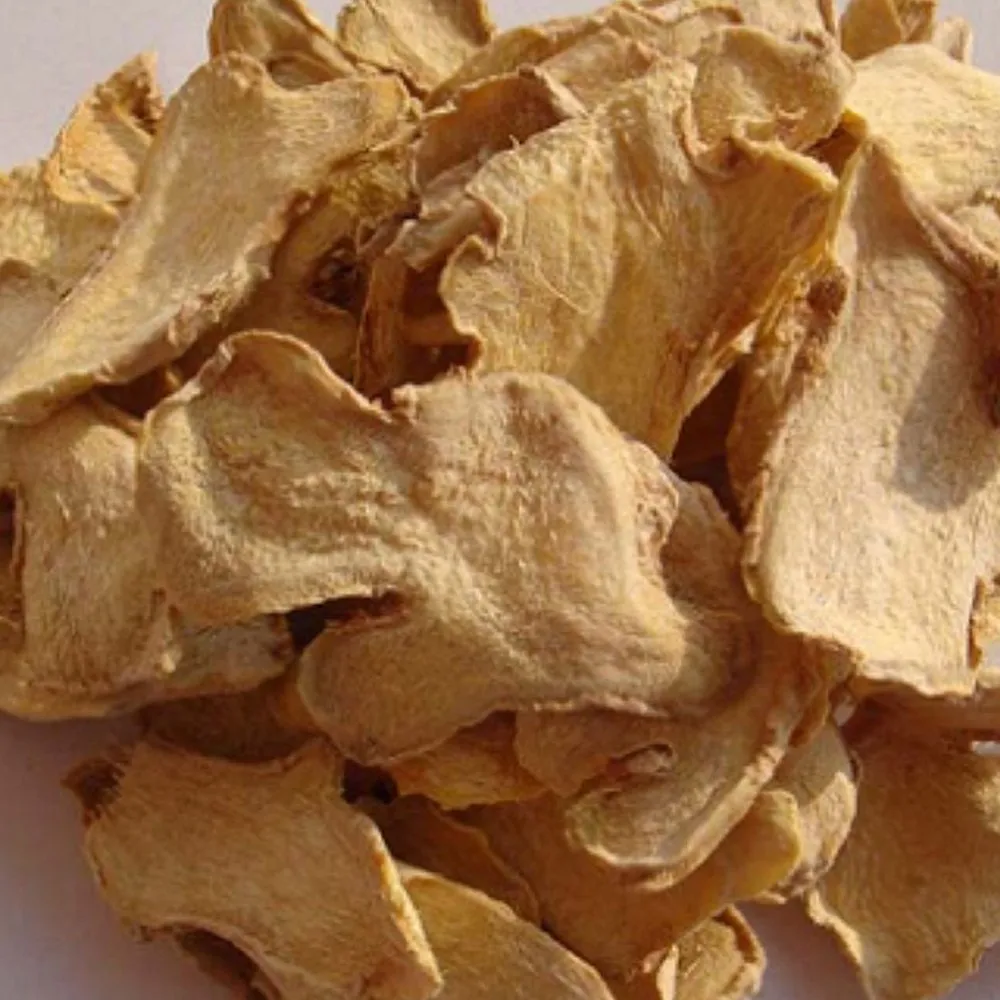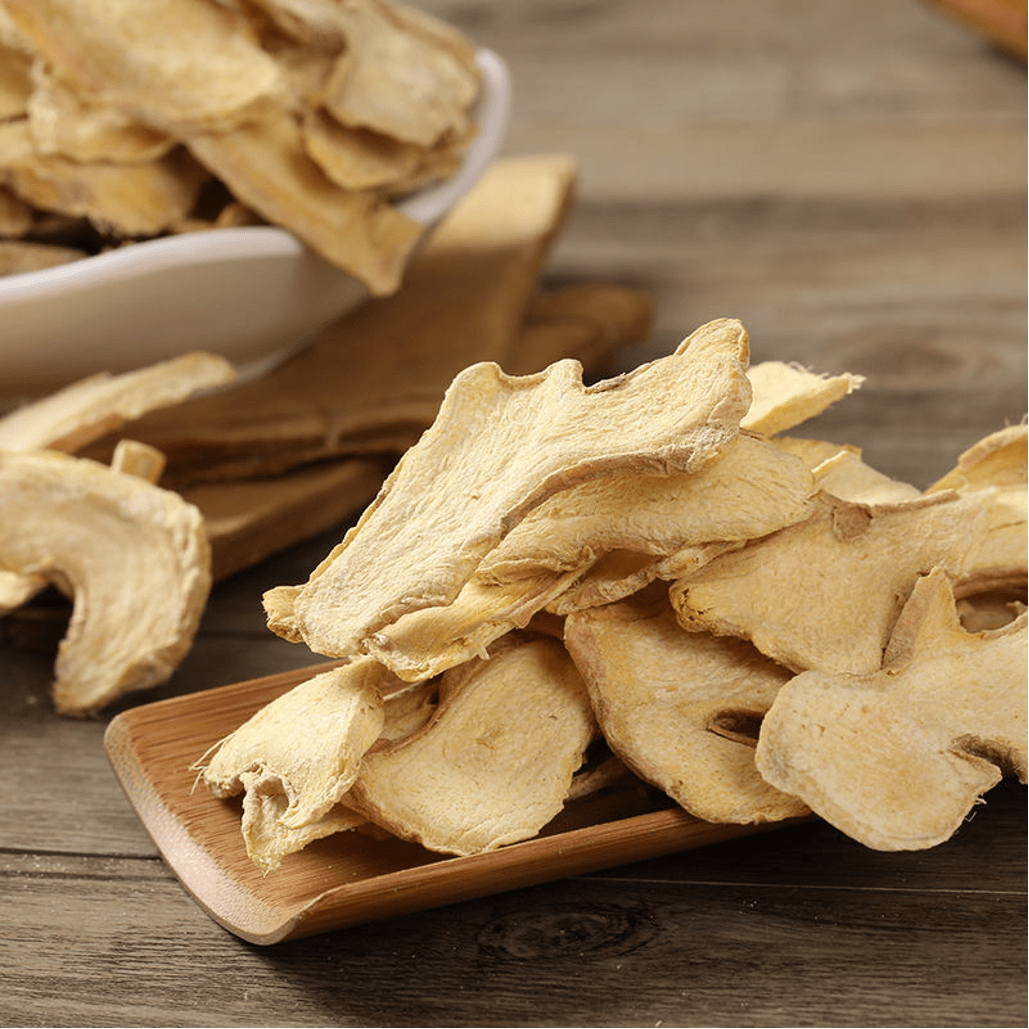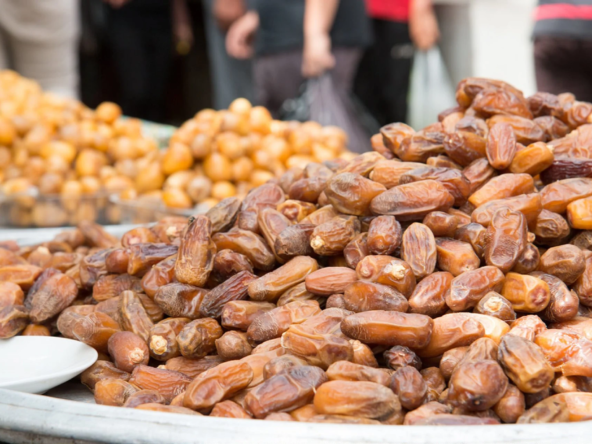Ginger, a versatile root known for its medicinal, culinary, and aromatic properties, is one of the most traded spices globally. Its demand spans various sectors, including food, beverages, pharmaceuticals, and cosmetics. However, the market demand for ginger is segmented into two primary categories: fresh and dried ginger. Understanding the factors driving demand for these forms is essential for farmers, exporters, and businesses aiming to maximize profitability and cater to the diverse needs of the global market.
1. Overview of Fresh and Dried Ginger
Fresh Ginger
Fresh ginger is the raw, unprocessed form of the ginger rhizome. It is valued for its strong, spicy flavor and high moisture content, making it ideal for immediate use in culinary applications. Fresh ginger is commonly used in:
- Cooking and garnishing.
- Juices and smoothies.
- Traditional medicine for treating colds, nausea, and indigestion.
Dried Ginger
Dried ginger is produced by dehydrating fresh ginger to remove its moisture content. It is often ground into powder or sliced for easy storage and extended shelf life. Dried ginger is widely used in:
- Spice blends and baked goods.
- Herbal teas and health supplements.
- Essential oil and extract production.
2. Market Demand Drivers
Fresh Ginger Market
The demand for fresh ginger is closely tied to its perishability and immediate application. Key drivers include:
- Culinary Applications:
Fresh ginger is a staple in Asian, African, and Middle Eastern cuisines. Its vibrant flavor makes it indispensable in sauces, stir-fries, soups, and beverages. - Health and Wellness Trends:
With a growing focus on natural remedies, fresh ginger is often preferred for its raw, unaltered properties. Many consumers believe fresh ginger retains higher nutritional value than its dried counterpart. - Local and Regional Markets:
Fresh ginger has a significant presence in local markets where proximity reduces the risk of spoilage during transport. - Seasonal Demand:
Fresh ginger demand peaks during colder months due to its use in traditional remedies for colds and flu.
Dried Ginger Market
Dried ginger, on the other hand, caters to a broader range of industries and is preferred for its shelf stability. Major demand factors include:
- Export-Oriented Consumption:
Dried ginger is a leading agro-export commodity due to its longer shelf life, making it easier to transport and store. Exporters focus on markets in Europe, the U.S., and the Middle East where powdered ginger is commonly used in processed foods and beverages. - Food and Beverage Industry:
Bakeries, spice manufacturers, and beverage companies rely on dried ginger for its consistent quality and ease of use in recipes. - Pharmaceuticals and Nutraceuticals:
Dried ginger is a key ingredient in health supplements, traditional medicine, and over-the-counter remedies for digestive and inflammatory conditions. - Cosmetic Applications:
The essential oils extracted from dried ginger are used in skincare, aromatherapy, and hair care products.

3. Comparative Advantages
| Aspect | Fresh Ginger | Dried Ginger |
|---|---|---|
| Shelf Life | 1-2 weeks (refrigerated) | 1 year or more (properly stored) |
| Transport Costs | Higher due to weight and perishability | Lower due to reduced moisture weight |
| Processing Needs | Minimal (washing and grading) | Dehydration, slicing, or grinding |
| Market Preference | Local and seasonal | Export and industrial |
4. Emerging Trends and Future Outlook
- Organic Ginger:
Both fresh and dried ginger markets are seeing rising demand for organic varieties as consumers prioritize pesticide-free and sustainable products. - Value Addition:
The market is shifting toward value-added products like ginger tea, candied ginger, and ginger-based snacks, boosting the demand for both forms. - E-Commerce Growth:
Online grocery platforms and export marketplaces are making fresh and dried ginger accessible to wider audiences, including niche consumers. - Climate Change Impact:
The ginger supply chain is becoming more resilient to erratic weather patterns, ensuring year-round availability of both forms.
5. Conclusion
Understanding the market demand for fresh vs. dried ginger involves recognizing their distinct applications, regional preferences, and supply chain dynamics. Fresh ginger caters to immediate culinary and health needs, while dried ginger is a staple in export, industrial, and long-term storage markets. For farmers and exporters, balancing the production and processing of these two forms can unlock lucrative opportunities. Investing in sustainable practices, value-added products, and market research will further enhance competitiveness in this thriving global industry.
Ajigofarms is a reliable global agricultural purchase sourcing with profound expertise in the manufacturing, and exportation of food crops. We are tested, and trusted suppliers of all kinds of cash crops and food crops. Our constant supply chain solution makes exporting easy, quick, and safe, we are identified with timeliness and meeting up with deadlines. Regardless of the region you are located in worldwide, you can reliably order your Agric products and be rest assured of successful delivery.




